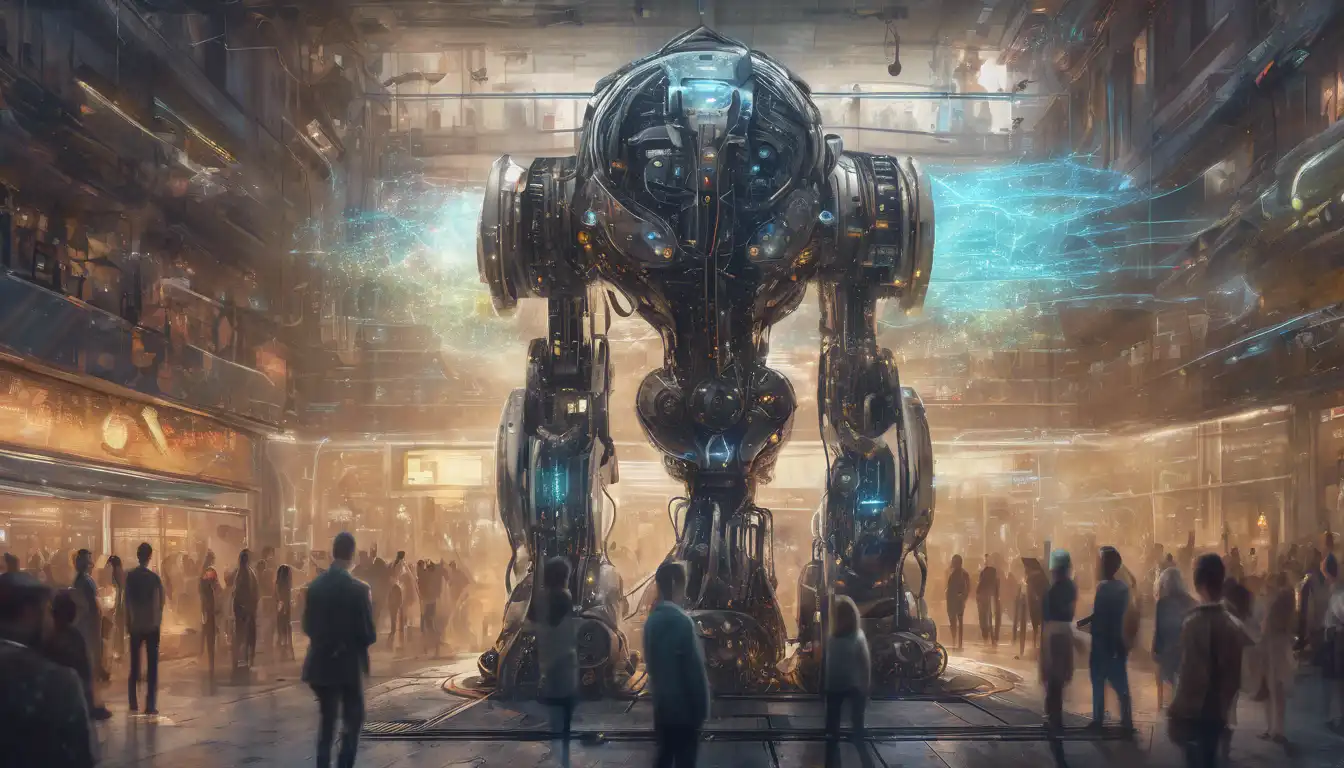Introduction to Machine Learning in Recommendations
Machine learning has revolutionized the way we interact with digital platforms, especially in the realm of personalized recommendations. From streaming services to e-commerce, machine learning algorithms are at the heart of suggesting what to watch, buy, or read next. This article delves into how machine learning powers these recommendation systems, making them more accurate and personalized than ever before.
Understanding Recommendation Systems
Recommendation systems are algorithms designed to suggest relevant items to users based on various data points. These systems can be broadly categorized into three types: collaborative filtering, content-based filtering, and hybrid systems that combine both approaches. Machine learning enhances these systems by analyzing vast amounts of data to predict user preferences with high accuracy.
How Machine Learning Powers Recommendations
Machine learning algorithms process user data, including past behavior, preferences, and even contextual information, to generate recommendations. Techniques such as neural networks and deep learning have further improved the capability of these systems to understand complex patterns in user behavior. For instance, neural networks can identify subtle similarities between items that traditional algorithms might miss.
Collaborative Filtering Enhanced by ML
Collaborative filtering relies on the behavior of similar users to make recommendations. Machine learning optimizes this process by clustering users with similar tastes and predicting their preferences based on the group's behavior. This method is particularly effective in platforms with large user bases, such as streaming services.
Content-Based Filtering and ML
Content-based filtering recommends items similar to those a user has liked in the past. Machine learning improves this by analyzing the content's features (e.g., genre, actors in a movie) and matching them with the user's profile. Advanced techniques like natural language processing (NLP) are used to understand and categorize textual content, enhancing recommendations in news aggregators or book platforms.
The Future of Machine Learning in Recommendations
The future of recommendation systems lies in the integration of more sophisticated machine learning models, such as reinforcement learning, which can adapt recommendations in real-time based on user feedback. Additionally, the use of explainable AI will make these systems more transparent, allowing users to understand why certain recommendations are made.
Conclusion
Machine learning is the backbone of modern recommendation systems, enabling them to deliver highly personalized and accurate suggestions. As technology advances, we can expect these systems to become even more intuitive, further enhancing our digital experiences. Whether it's discovering a new favorite song or finding the perfect product, machine learning is making it all possible.
